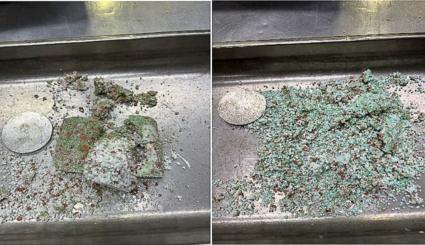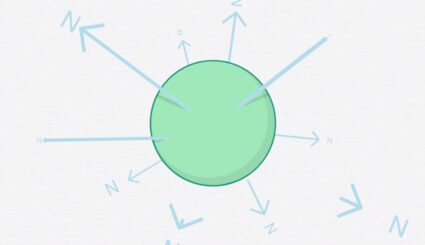Protect your nitrogen in volatile weather conditions with ESN

Spring brings unpredictable conditions for growers, often bringing drought or excess moisture as growers are preparing to get into the field. 2018 is shaping up to be no different, with several flood events already reported and drought currently affecting many southwestern states, the Dakotas, and parts of the southeast.
Increasingly volatile weather conditions are changing how farmers handle their crop nutrients, including nitrogen, a key crop nutrient that is significantly affected by weather. As the weather patterns change, some farmers are losing more nitrogen from their fertilizers to the surrounding environment. With increased annual precipitation, more heavy rainfall events, higher temperatures and increased humidity, there is greater chance of losing nitrogen from leaching, volatilization and denitrification.
Weather’s effect on nitrogen
As a key crop nutrient significantly affected by weather, many growers are losing more nitrogen than they realize to the environment through leaching, denitrification and volatilization.
Nitrogen loss can occur across a variety of conditions but is aggravated by excess precipitation and hot, windy weather causing warm soils.
How ESN protects nitrogen
ESN helps protect growers’ nitrogen investment through its unique polymer coating and controlled-release mechanism. ESN’s key advantage is that it controls its release to match plant demand based on soil temperature. Crops get the nitrogen they need when they need it most.
ESN also provides application flexibility during challenging seasons, with the freedom to apply in a range of times of year and a variety of weather conditions, including:
-Fall application – ESN won’t release into cold or frozen ground
-Wet conditions – ESN’s polymer coating stops leaching while inhibitors may be affected by excess moisture
-Dry conditions – ESN will conserve its N until enough moisture is available
Proof from the field
A 2015 study showed the planting season across the Corn Belt was a struggle for many growers, with several thousand acres left unplanted due to all of the rain. The study found that a pre-plant or side-dress application of ESN showed a significant reduction in seasonal nitrous oxide emissions compared to regular urea.
A recent three-year study on canola in Northern Alberta – during a 50-year drought – showed banded ESN as the clear yield winner above competitors thanks to its superior protection of nitrogen through moisture stress.
Have questions about ESN in volatile weather? Get in touch on Twitter @SmartNitrogen.


